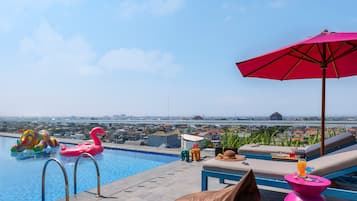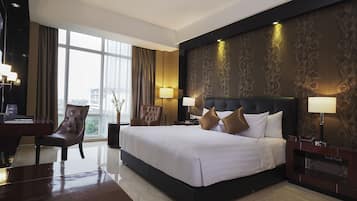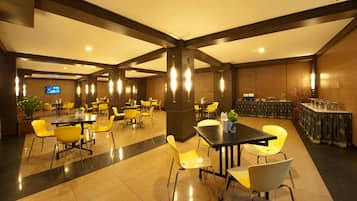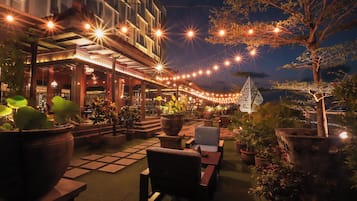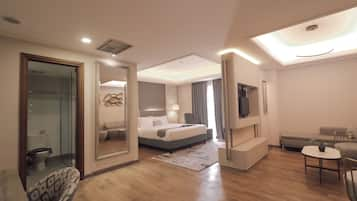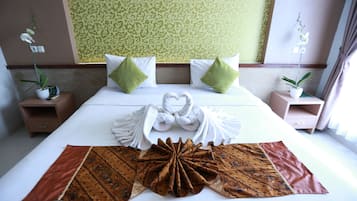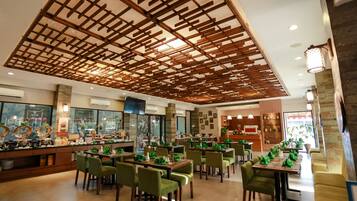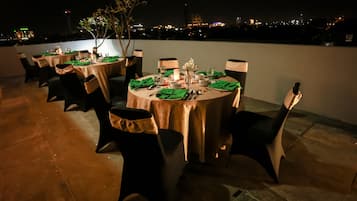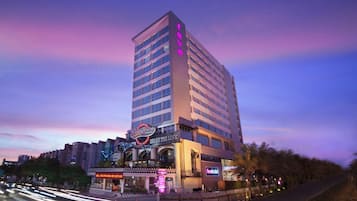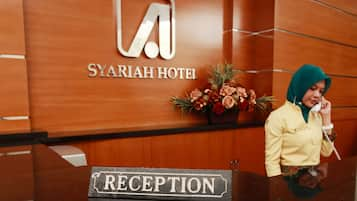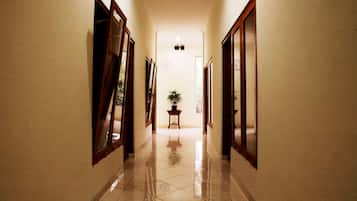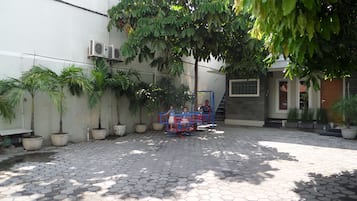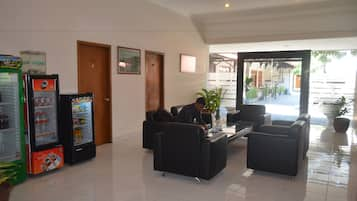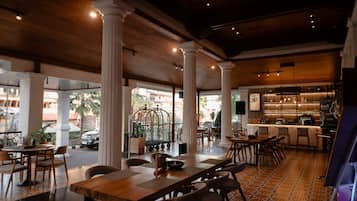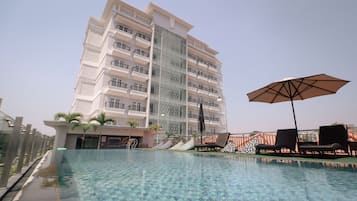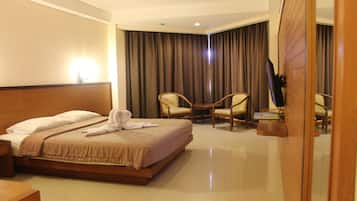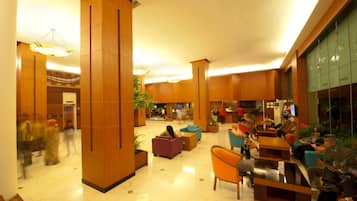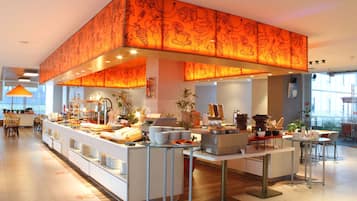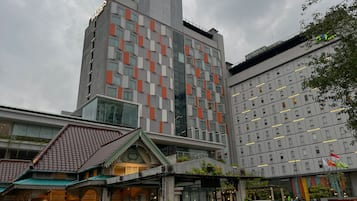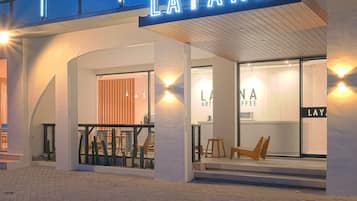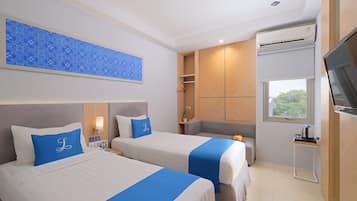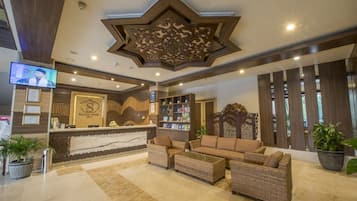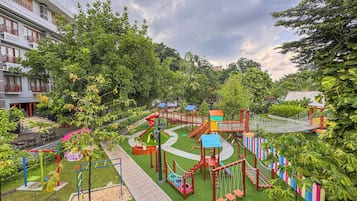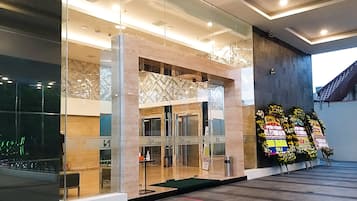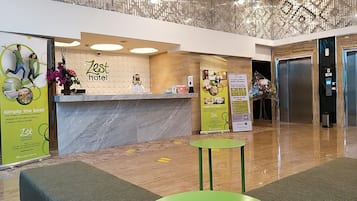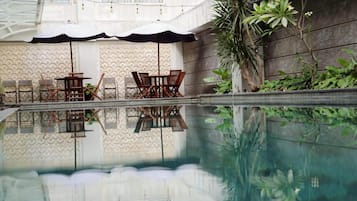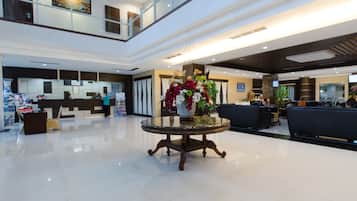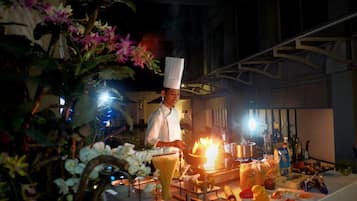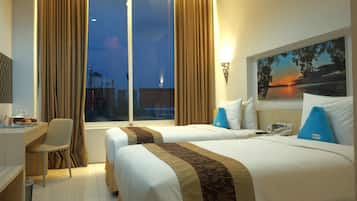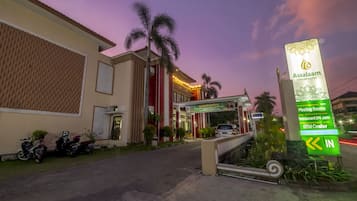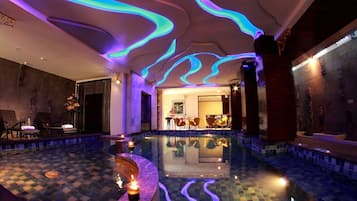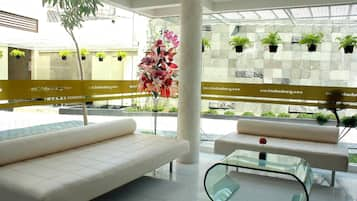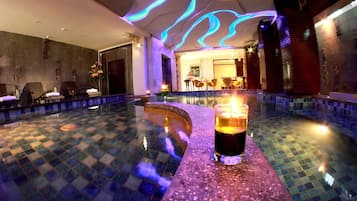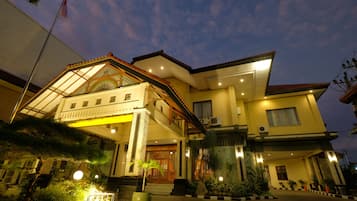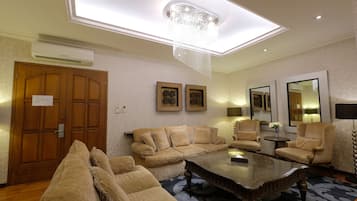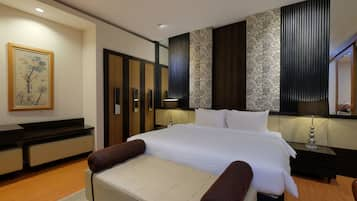Three Star Hotels in Solo City Centre
- Change your mindBook hotels with free cancellation
- Be pickySearch almost a million properties worldwide
Check availability on Solo City Centre 3 Star Hotels
Top 3 Stars Hotels in Solo City Centre
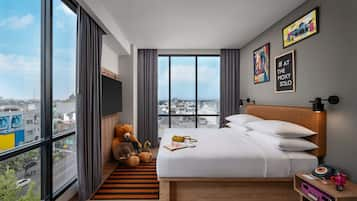
Moxy Solo

Grand Mercure Solo Baru
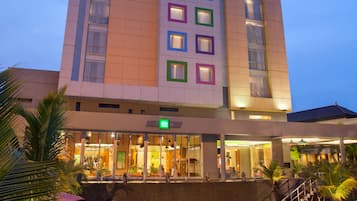
ibis Styles Solo

Hotel Bintang Solo
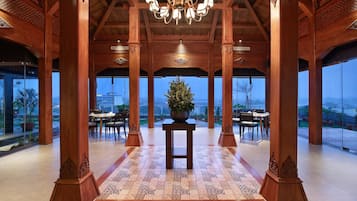
Swiss-Belinn Saripetojo Solo
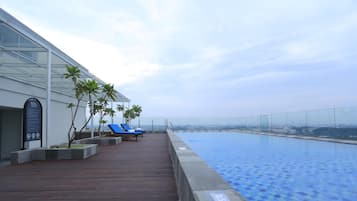
Zigna Kampung Batik
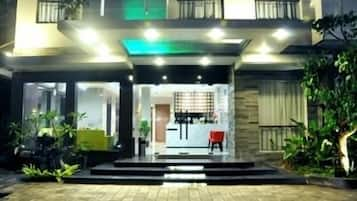
Loji Hotel Solo by Wstay
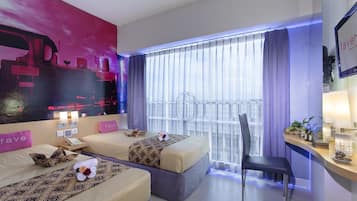
favehotel Solo Baru
Explore similar 4-star hotels

Novotel Solo
Top Solo City Centre Hotel Reviews

Loji Hotel Solo by Wstay

FIM by Zigna
Find out more about Solo City Centre
Find Your Ideal 3 Star Hotel in Solo City Centre
There's a reason the top 3-star hotels in Solo City Centre, Surakarta, Central Java, Indonesia are so incredibly popular: They combine comforting amenities and just-for-you service with some of the best rates and discounts the area has to offer. When you book a stay at a three star hotel in Solo City Centre, you'll get affordable rates at these mid-range properties. Check through our listings and you'll find some hotels may even give you access to perfect little perks like on-site restaurants and cocktail bars, well-appointed fitness centres, and spacious rooms.
Search for a cheap deal on a 3 star hotel in Solo City Centre for the most elegant experience, or grab a low rate on one of the cheap 3 star hotels in Solo City Centre near the local attractions, if you want something a touch more unassuming. Whatever your travelling style, make sure to use the search tools at Expedia to track down prices, read more about amenities, and score a few local discounts.
From business trips to family getaways, the Solo City Centre 3 star hotels offer a fantastic economical yet comfortable stay for any type of holiday.
Frequently asked questions
Explore a world of travel with Expedia
Hotels in Solo City Centre by Star Rating
Areas of Solo City Centre
Hotels near Solo City Centre Attractions
More Hotel Options in Solo City Centre
Explore more hotels
- Horison Inn Laksana Solo
- Solo Paragon Hotel & Residences
- Rumah Turi Eco Hotel
- Pose in Solo by Wstay
- De Solo Boutique Hotel
- Hotel O Solo near Stasiun Solo Balapan formerly Hotel Trihadhi
- Alila Solo, Java
- Moxy Solo
- Grand Mercure Solo Baru
- Swiss-Belhotel Solo
- The Sunan Hotel Solo
- Zigna Kampung Batik
- Lorin Syariah Hotel Solo
- Tjokro Hotel Klaten
- Swiss-Belinn Saripetojo Solo
- Diamond Hotel Solo
- Red Chilies Hotel
- The Alana Hotel and Convention Center - Solo by Aston
More ways to book
Expedia's Latest Trends
- HOTEL Cargo Shinsaibashi
- Hotels in Siem Reap
- Diamond Cliff Resort & Spa, Patong Beach
- Hotels near Skardu
- Stanford Hotel Myeongdong
- Hotels with connecting rooms in Myeong-dong
- Twin Galaxy @ JB Short Stay
- Bayfront Hotel Cebu - North Reclamation
- Liho Hotel - Hankou
- Fraser Place Central Seoul
- Courtyard by Marriott Seoul Namdaemun
- A La Carte Da Nang Beach
- Mansion One Premium Suites
- Hotels with Early Check In in Darling Harbour
- Casino Hotels in Tagaytay
- The Eliza Jane, in The Unbound Collection by Hyatt
- K Hotel 14
- London Hilton on Park Lane
- Norfolk Hotel
- Rosewood Hong Kong
- Pimalai Resort And Spa
![At the museum no photos are allowed which is really unfortunate as it was well worth the visit and the guided tour is definitely not to be missed. In the museum there are even Batik made from the Dutch era which depicts stories like Little Red Riding Hood and Snow White!
I enjoyed the tour v much and at the end of the tour we were brought to this room where the artisan were working on hand drawn batik.
Below is an excerpt from Wikipedia for anyone interested in learning more about the process of batik making.
Firstly, a cloth is washed, soaked and beaten with a large mallet. Patterns are drawn with pencil and later redrawn using hot wax, usually made from a mixture of paraffin or bees wax, sometimes mixed with plant resins, which functions as a dye-resist. The wax can be applied with a variety of tools. A pen-like instrument called a canting (IPA: [tʃantiŋ], sometimes spelled with old Dutch orthography tjanting) is the most common. A canting is made from a small copper reservoir with a spout on a wooden handle. The reservoir holds the resist which flows through the spout, creating dots and lines as it moves. For larger patterns, a stiff brush may be used. Alternatively, a copper block stamp called a cap (IPA: [tʃap]; old spelling tjap) is used to cover large areas more efficiently.
After the cloth is dry, the resist is removed by scraping or boiling the cloth. The areas treated with resist keep their original color; when the resist is removed the contrast between the dyed and undyed areas forms the pattern. This process is repeated as many times as the number of colors desired.
The most traditional type of batik, called batik tulis (written batik), is drawn using only the canting. The cloth need to be drawn on both sides and dipped in a dye bath three to four times. The whole process may take up to a year; it yields considerably finer patterns than stamped batik.
Source: Wikipedia](https://images.trvl-media.com/place/6224808/26fd1460-c65a-4c1a-9444-7a893e883ac9.jpg?impolicy=fcrop&w=1200&h=500&q=medium)

